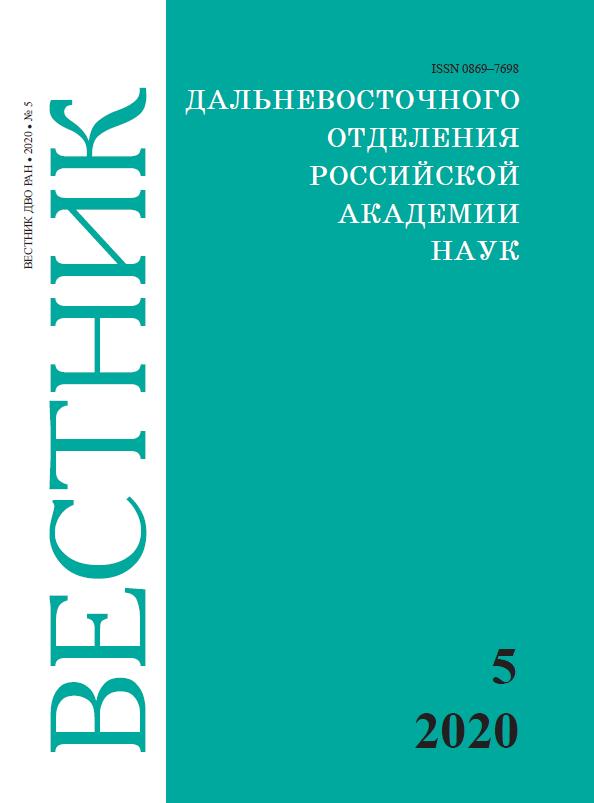Modeling the transport of radioactive pollution in the Ussuri Gulf during the first days after the nuclear accident in the Chazhma Bay in August 1985. P.A. FAYMAN, M.V. BUDYANSKY, M.Yu. ULEYSKY, S.V. PRANTS, V.L. VYSOTSKY, D.A. PRIPACHKIN
Keywords:
Ussuri Gulf, nuclear accident in the Chazhma Bay, ROMS model, advection of passive particles, eddies and Lagrangian coherent structuresAbstract
Modeling the transport of radioactive pollution in the Ussuri Gulf during the first days after the nuclear
accident in the Chazhma Bay in August 1985. P.A. FAYMAN, M.V. BUDYANSKY, M.Yu. ULEYSKY, S.V. PRANTS
(V.I. Il’ichev Pacific Oceanological Institute, FEB RAS, Vladivostok), V.L. VYSOTSKY, D.A. PRIPACHKIN (Nuclear
Safety Institute, RAS (IBRAE RAN), Moscow).
The results of Lagrangian modeling of the transport of radioactive pollution in the Ussuri Gulf at various depths
based on a regional ROMS numerical model of circulation using the empirical data on the radioactive fallout from the atmosphere at the sea surface on the day of the accident at a nuclear submarine in the Chazhma Bay in August 10, 1985. It was shown that the radioactive particles remain in the Ussuri Gulf for the first 4 days after the accident. It has been shown that the evolution and deformation of the initial pollution patch on various horizons was influenced by vortices of different polarity and size in the Ussuri Gulf (a mesoscale cyclone in the center of the Gulf, a sub-mesoscale anticyclone in the north and a mesoscale anticyclone in the south) and by Lagrangian coherent structures connected with hyperbolic points in the Gulf.


